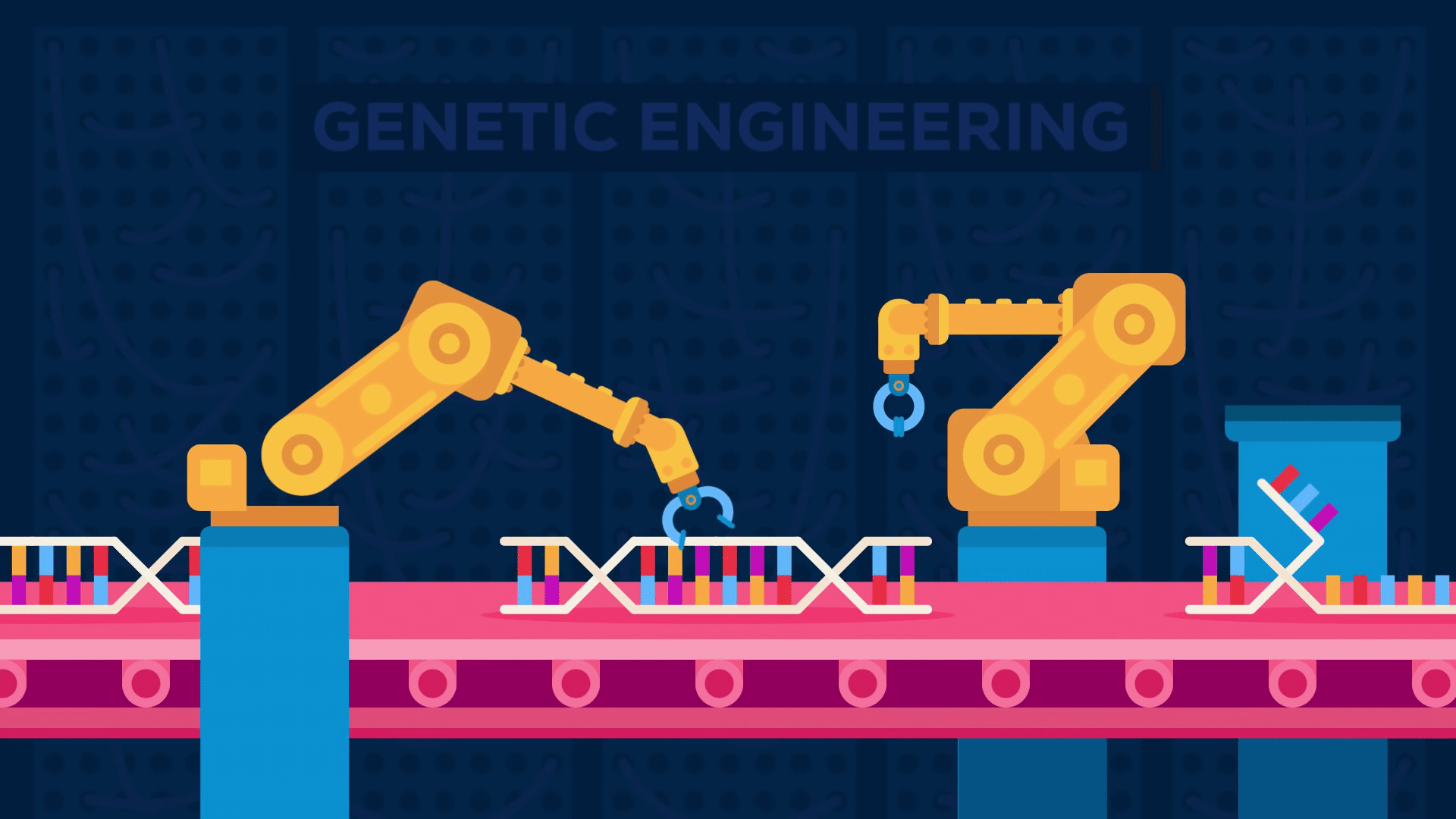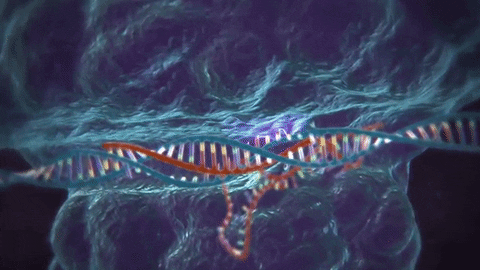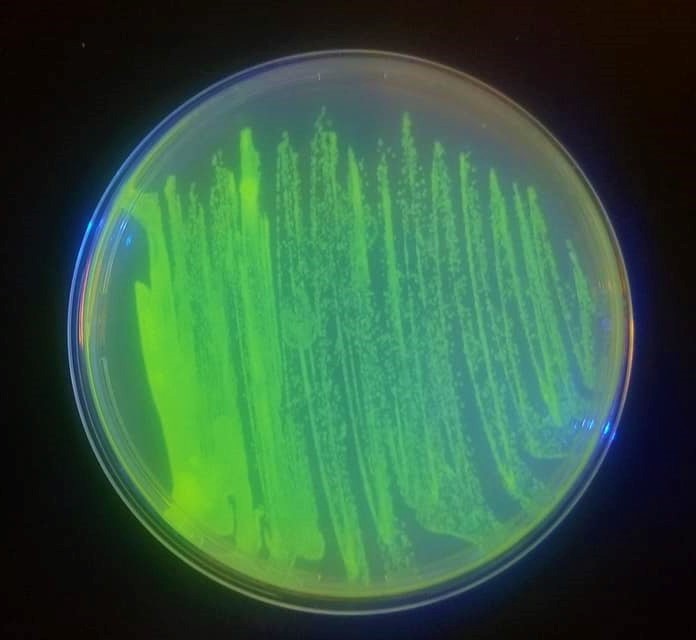Genetically Engineering Yeast to Bioluminescence: Introduction

Background in Biology⌗
One of my research interests over the past years have been bioinformatics and genetic science.
The potential in this field is unprecedented, largely due to novel breakthroughs in accessible gene editing methods such as CRISPR/Cas9, as well as DNA storage drives and other fascinating applications of the technology.

The thing that truly inspired me to dig deeper into this field was the YouTube video by the channel The Thought Emporium, where the host hacks together a DIY cure for lactose intolerance using CRISPR and the tools available to him at a reasonable price.
To address the topic of this section, I have an extremely limited knowledge of biology. The last class I took was over 6 years ago as a sophomore in high school. This presents a unique challenge compared to my CS oriented content, which I can approach with a good amount of background knowledge.
I suspect my education in chemistry will ease my understanding of certain concepts, but I will be doing most of my research from the ground up.
I invite you to follow along as I research this project, design experiments, make mistakes, and learn new things.
The Goal⌗
The overall goal for this project is to develop a strain of yeast that carries the green fluorescent protein or GFP, in its DNA. This protein is often used as a biomarker for other experiments, and causes the target organism to glow in the dark.

From what I can tell, a simple project like this is the biology equivalent of a Hello World program. By going through this process, I hope to become familiar with the following topics and concepts:
- Proper procedures and use of basic bio lab equipment
- Strategies for designing effective plasmids and DNA sequences
- Streamlined physical lab/experiment workflow
- Industry software and tools
Now, there are kits available that let you accomplish this very task, with all of the research done for you. This may teach me appropriate lab procedures, but I want do as much of the initial plasmid design myself for learning purposes, even if I do end up using a kit due to the convenience of getting all the gear I need.
Challenges⌗
Ideally, I would have my own little home laboratory where I could experiment to my hearts content. Being a student, this is not possible in my current financial reality.

Each piece of equipment purchased for this project will be thoroughly researched and evaluated for value and efficacy.
Unlike a computer where I can simply recompile and try again, a failed bio experiment means depleted resources, lost time, and possibly inconclusive results.
Multiple failed experiments are pretty much a guarantee in this process, as I will be learning how to properly handle and execute experiments with many moving parts and points of failure.
CRISPR Crash Course⌗
If you haven’t heard something about CRISPR in the last 5 years, welcome back from your coma. Most people know it as the subject of recent controversy where a Chinese scientist supposedly genetically modified a human embryo.
CRISPR, which stands for Clustered Regularly Interspaced Short Palindromic Repeats, is a collection of DNA sequences commonly found in bacteria and other prokaryotes.
When a bacteria survives an attack from another organism such as a bacteriophage, it can archive sections of the attacking organism’s DNA in a database that we can refer to as CRISPR.
When the same organism attacks the bacteria again, a special protein called Cas9 is activated. Cas9 will scan all DNA, and will surgically remove any DNA that matches the archived virus genome.

While this process provides a fantastic natural defense mechanism, scientists can leverage it in order manipulate the genetic code of practically any organism at will. The flexibility and accessibility of CRISPR has enabled new frontiers of genetic research previously impractical or impossible.
This is an extremely high level overview of the topic, and we will be going over each step in great deal as I encounter it.
Overview of Steps⌗
Here, I will present a generalized set of steps I will be taking throughout the course of this project.
- Preliminary Research:
- What equipment and materials do I need?
- Best delivery method for GFP?
- Possible experimental roadblocks?
- Experiment Design and Optimization
- What are the important features in a plasmid?
- Can we build a more effective GFP plasmid?
- Do any strains of yeast promise better results?
- Preform Experiments
- Ensure repeatable procedure
- Take careful notes and record data
- Extrapolate conclusions from data
Conclusion⌗
If you have any experience in the field or advice for my experiments, I would love to hear it. This is an undeniably ambitious task, that could take some time to complete.
Until then, thanks for tuning in! 😄